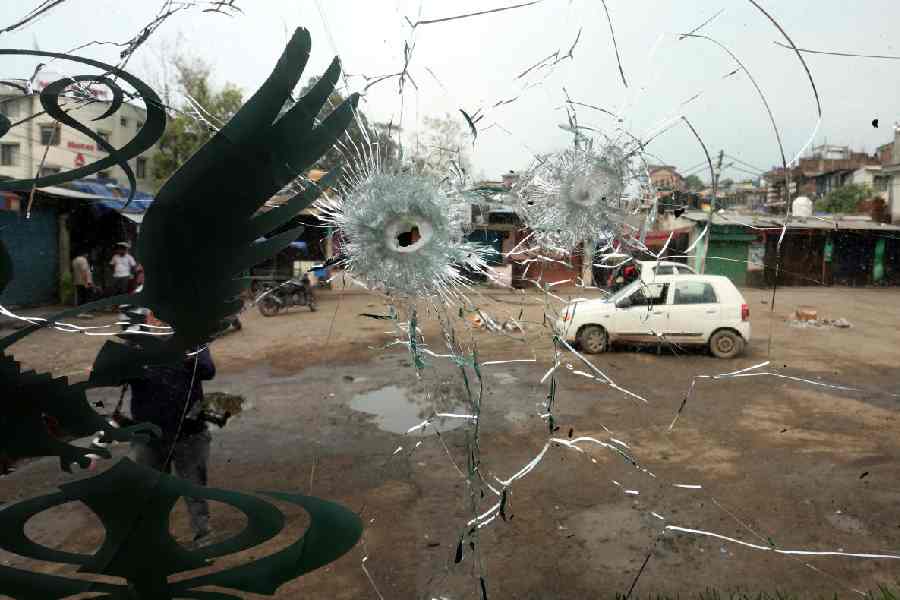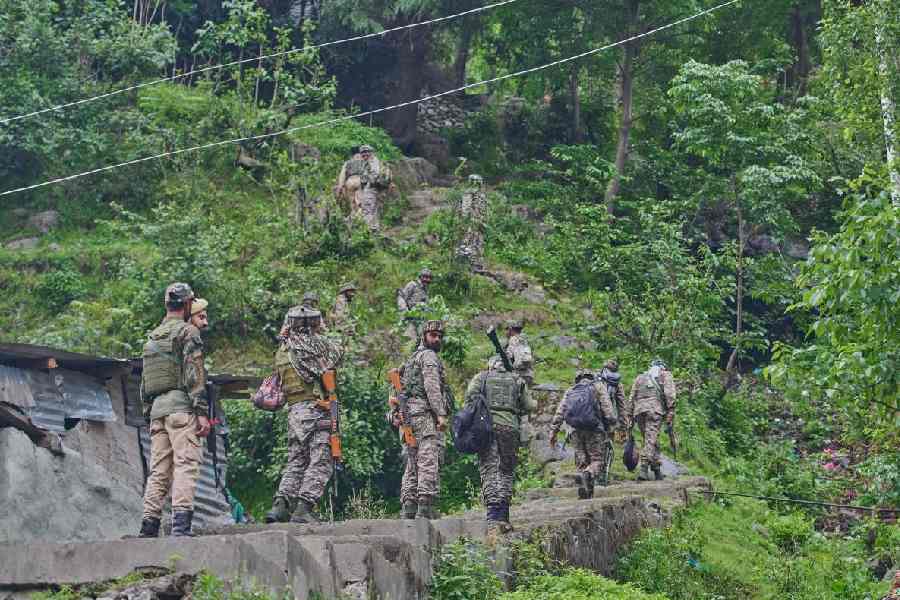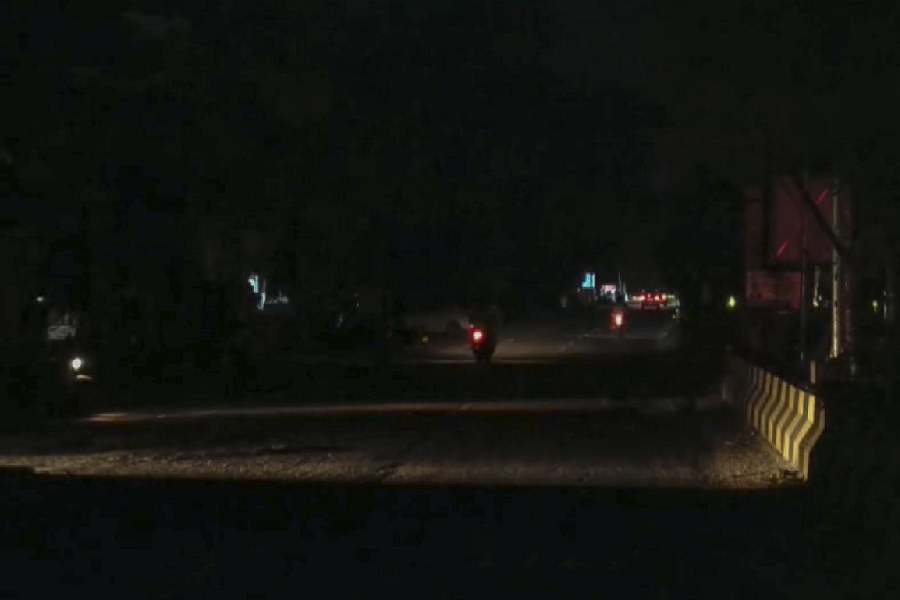Calcutta: Several areas of the city and its outskirts are vulnerable to arsenic poisoning and little has been done to address the issue, health experts said at a meeting of the Institute of Public Health Engineers (IPHE), in collaboration with Lehigh University, US, and the state arsenic task force, on Wednesday.
The number of people exposed to the risk of arsenic poisoning has increased with the permissible limit of arsenic in drinking water being made five times more stringent - 0.01 milligrams per litre instead of 0.05 milligrams per litre - in the country.
The shadow of arsenic poisoning hangs over 34 lakh people living in 104 arsenic-affected blocks across 11 districts in Bengal, where the problem is yet to be addressed. This is just one-fifth of the total vulnerable population in the state, according to a presentation shared by Animesh Bhattacharya, director, water and sanitation support organisation of the public health engineering department.
A sizeable portion of the "unaddressed" population lives in Hooghly, North and South 24-Parganas and Calcutta Metropolitan Area.
"Areas on the eastern bank of the Hooghly such as Kalyani, Naihati, Barrackpore, Ichapur and Halishahar as well as Rajarhat, Salt Lake, Baruipur and Sonarpur remain vulnerable to arsenic poisoning," said Arunabha Majumdar, a former director of the All India Institute of Hygiene and Public Health and emeritus professor at Jadavpur University.
"Calcutta definitely falls within the arsenic-vulnerable zone and anybody drinking water from tube wells may be at risk," said K.J. Nath, the chairman of the state arsenic task force.
Nath admitted that the state master plan to give every person arsenic-free water is yet to be achieved.
A senior corporation official admitted the presence of arsenic in shallow tube wells in Jadavpur, areas around the East Calcutta Wetlands, Santoshpur and Garia.
"We have recently carried out a detailed study on arsenic contamination within the Calcutta Municipal Corporation area and found that the problem is significant in Tollygunge, Golf Garden and Anwar Shah Road," said Pradip Sikdar, a professor at the Indian Institute of Social Welfare and Business Management.
"Adi Ganga needs to be insulated from dumping of various garbage, particularly faecal matter, as they may release arsenic into the water," he said.










